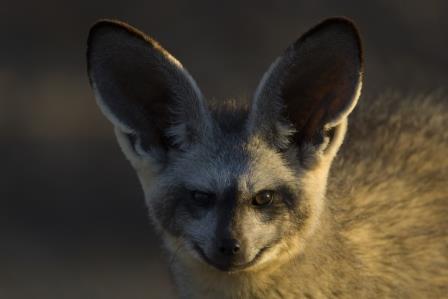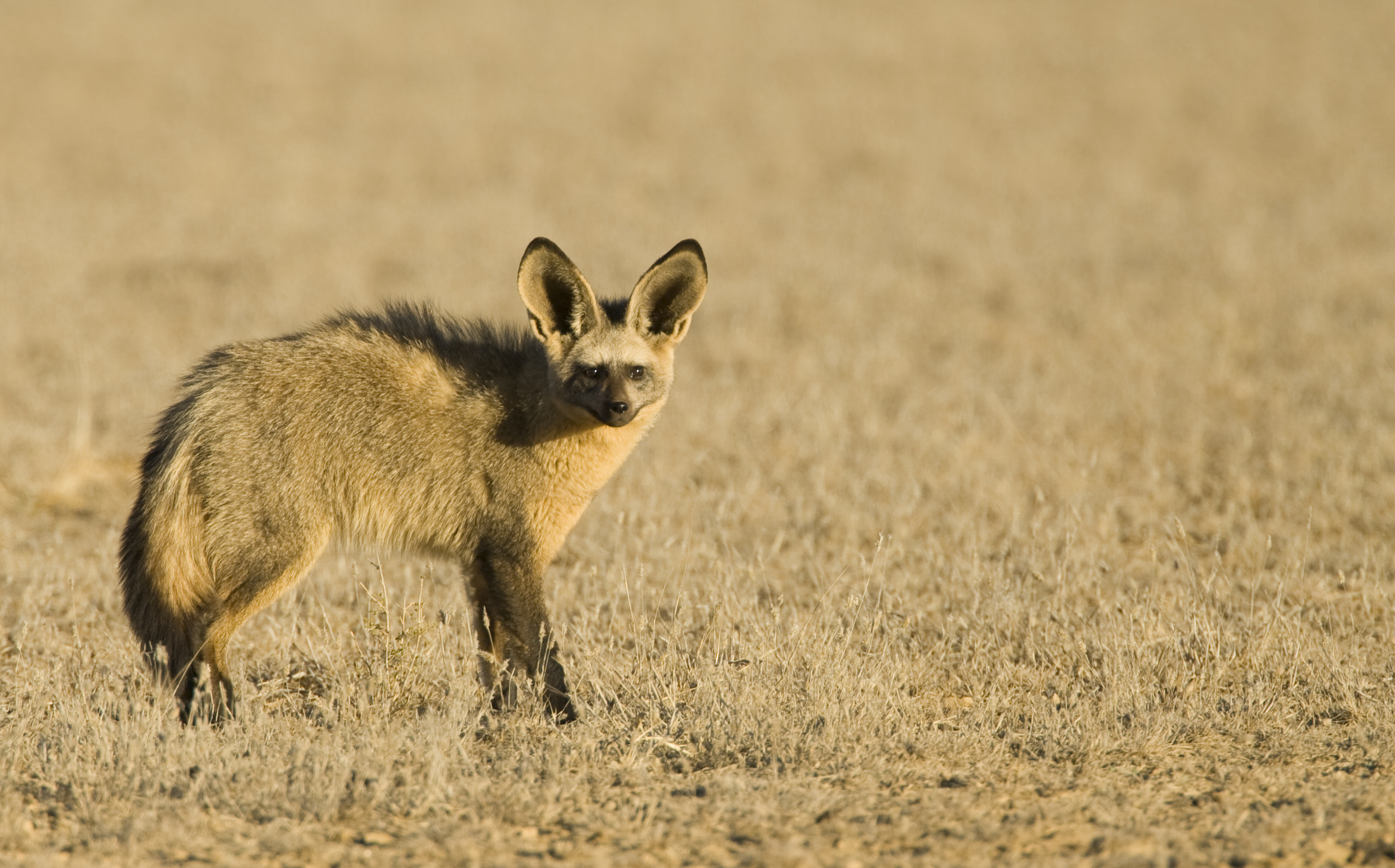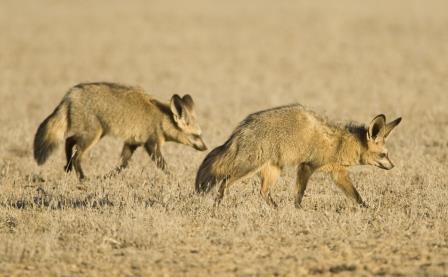News
Bat-eared foxes and rabies
WildCRU’s roots lie close to rabies, writes David Macdonald who spent the early 1970s unraveling to social lives of red foxes in ways that permeated World Health Organisation thinking about rabies control. Subsequently that focus moved to rabies in jackals in Zimbabwe and WildCRU’s pioneering work with Ethiopian wolves is right now reaching a crescendo of work on oral rabies vaccination under the leadership of Claudio Sillero. In each of these cases, our approach has been to link an understanding of social behaviour amongst the vectors and victims with the transmission and thus control of the disease. It was in this context, by the way, that the idea of ‘perturbation’, so central to the badgers and bovine TB debate, first arose. It is therefore a particular pleasure to report on a new WildCRU study, led by Dr Jan Kamler, of the behavioural ecology of bat-eared foxes and its relevant to rabies control.
Rabies is an important zoonosis that, despite advances towards its control, remains a serious health hazard in developing regions, especially in Africa where the incidence of rabies has increased in recent decades. In the relatively dry western half of South Africa, bat-eared foxes are known to be the major vector for rabies. In fact, bat-eared foxes are one of the few wild canid species that appear to be able to maintain the virus cycle independent of domestic dogs and other wild species. Consequently, bat-eared foxes in western South Africa are maintenance host populations for the disease and could potentially infect populations of other wild canids and domestic dogs in the region, thereby causing negative impacts on wildlife or creating health hazards for humans.
The incidence of rabies in bat-eared foxes was known to peak during the dry season. However, it is not known what causes this seasonal peak, and there is little understanding about how the seasonal movements and behavior of bat-eared foxes might influence disease spread. Understanding the behavioral ecology of a species is key to understanding disease spread and a prerequisite to scientifically sound management of disease. Therefore, a WildCRU project in South Africa, led by postdoctoral researcher Dr. Jan F. Kamler with analytical assistance from WildCRU graduate student Susana Rostro-García (a former WildCRU Panther who nowadays spends most of her time counting leopards in Indo-China), focused on linking the behaviour and seasonal movements of bat-eared foxes to disease spread. We monitored 23 radio-collared bat-eared foxes year around on Benfontein Game Farm. Our findings are published in a new paper Seasonal changes in the social behavior and movements of bat-eared foxes in South Africa: disease implications.
We found that bat-eared foxes had significantly larger group sizes in the dry season. We deduce that this would increase contacts within the groups. These groups of foxes also occupy significantly larger home ranges, which overlap those of their neighbours’ significantly more, and make forays from their home ranges at a higher rate, all of which we deduce would increase inter-group contact rates. These seasonal differences in the behaviour of bat-eared foxes probably reflect their reproductive cycle and seasonal availability of food. Furthermore, and in contrast to previous reports, we found relatively high rates of physical contact between bat-eared foxes and dogs and black-backed jackals, interactions with an obvious potential to affect rabies transmission.
Harkening back to WildCRU’s history with rabies, and the consistent finding from red foxes to Ethiopian wolves, we recommend oral vaccination to manage rabies outbreaks in bat-eared foxes. Considering the seasonal peak in rabies incidence in western South Africa, we recommend coverage of the bat-eared fox populations during late wet and early dry seasons (Feb-May) with the intention of reducing the population of susceptible individuals just prior to the annual peak in incidence of rabies in the late dry season when movements, group sizes, contact rates, and disease transmission are highest.
-
 © Mark Anderson
© Mark Anderson -
 © Mark Anderson
© Mark Anderson -
 © Mark Anderson
© Mark Anderson





